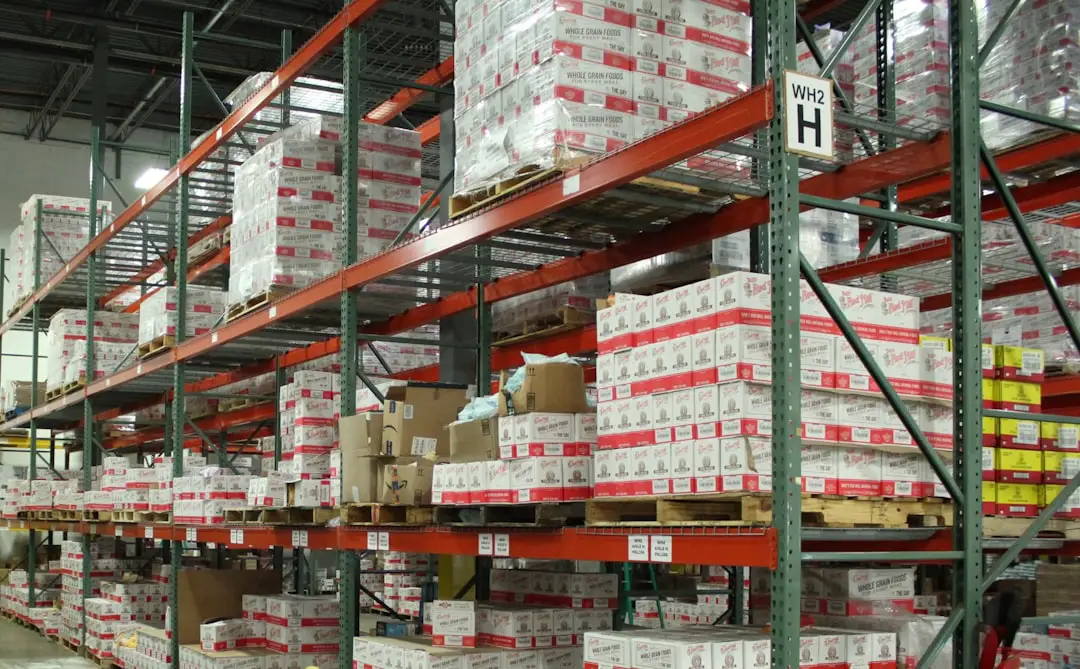Ever wonder how your online order gets from a warehouse to your doorstep so fast? It’s not magic—it’s automation! Warehouses are no longer just giant buildings full of shelves and boxes. They’re now powered by smart systems that make order fulfillment faster, easier, and way more fun (well, for the robots, at least).
Let’s dive into how ecommerce warehouse management systems (WMS) have turned the world of order fulfillment upside down—in a good way.
The Old Days: Manual Mayhem
Before automation, warehouse work was all muscle and memory. Employees—called pickers—would walk miles daily. They carried paper lists, hunting down products aisle by aisle. It was slow. Mistakes were common. And when sales spiked? Total chaos.
Here’s what manual fulfillment looked like:
- High error rates – Wrong items shipped often
- Longer shipping times – Everything took longer to pick and pack
- High labor costs – Needed more staff to keep up
- Stressed employees – Lots of pressure and sore feet
It worked—barely. But as ecommerce exploded, the old ways just couldn’t keep up.
Say Hello to WMS: The Brain Behind the Warehouse
Enter the Warehouse Management System, or WMS. This is software that tells the warehouse what to do—and when to do it. Think of it like a really smart traffic controller just for boxes and shelves.
A WMS connects all parts of the fulfillment process. From the time a customer clicks “Buy Now” to the moment their order is loaded onto a truck, the WMS manages it all.
Key features include:
- Inventory management – Know exactly how much stock you have.
- Order tracking – See orders move in real-time.
- Optimized picking routes – Less time walking, more time packing.
- Automation integration – Works with robots, scanners, and conveyors.
Pretty impressive, right?
Why Automation Wins: The Cool Stuff
Okay, now let’s talk about the good part—automation. When you combine a smart WMS with automation tools, amazing things happen.
Suddenly, warehouses become high-speed, low-mistake, order-packing machines. Here’s how:
- Barcode scanners speed up picking and ensure accuracy.
- Robots zip around with shelves or packages, cutting walking time.
- Automatic conveyors move items across the warehouse.
- AI tools predict demand so inventory never runs out.

It’s like a dance—where every step is choreographed by the WMS. And the beat is driven by customer orders!
Real Results: WMS Pays Off
You’re probably wondering, “So what? Does it really make that much of a difference?” Oh yes, it does. Here are some results companies see after switching from manual to automated WMS:
- Up to 90% fewer picking errors
- 50% faster order processing
- 25% lower labor costs
- Inventory accuracy of 99% or higher
And let’s not forget customer happiness. Faster, accurate orders make people smile. That means better reviews, more sales, and repeat business.
From Chaos to Control: A Day in the Life
Still not sure how WMS changes things? Let’s follow an order through two different warehouses.
Manual Order Fulfillment – Old School
- Customer places an order.
- Warehouse team prints the order on paper.
- Picker walks 20 minutes to find the item.
- They grab it—wait, wrong size!
- Go back, find the correct one, walk to packing.
- Item gets packed and labeled… slowly.
- Takes hours to ship.
Automated WMS – New School
- Customer clicks “Buy Now”.
- WMS instantly finds the item in the warehouse.
- Robot brings the item to the picker station.
- Barcode scanner checks order details.
- Packed, labeled, and ready in under 15 minutes.

Same order. Totally different experience.
Scalability Without the Stress
One big benefit of WMS and automation? You can scale up without melting down.
That means if your business suddenly doubles in size (way to go!), you don’t need to double your staff or make giant changes. Your smart systems adjust automatically.
The WMS can:
- Balance inventory across multiple warehouses
- Auto-replenish hot-selling items
- Handle flash sales without crashing
This kind of flexibility is crucial for ecommerce brands that are growing fast—or aiming to.
Small Biz? You Can Still Win
Think WMS and automation are only for big companies? Think again. Many systems today are built just for small and mid-sized ecommerce brands.
The best part? Cloud-based WMS options offer:
- Lower upfront cost
- Easy integration with Shopify, Amazon, and more
- Mobile access from anywhere
They grow with your business, making tech once reserved for giants totally accessible to startups and indie brands.
Choosing the Right WMS
Not all WMS solutions are created equal. Pick the one that fits your warehouse size, team, and product complexity. Look for features like:
- Real-time inventory tracking
- Simple user interface
- Support for mobile devices and scanners
- Custom reports and analytics
Don’t forget the most important thing: great support. Choose a vendor that helps you learn the system and stay updated as tech evolves.
The Future of Fulfillment
We’ve come a long way from handwritten pick lists and long walks through dark warehouses. Today’s ecommerce success stories are written with the help of WMS and automation.
And it’s just getting better. Imagine:
- Drones flying orders to customers
- AI predicting exactly what customers will order next
- Zero-error warehouses that run 24/7
Sounds futuristic? It’s not far off. Many of these tools are already in testing or use today.

Wrap-Up: Time to Upgrade
So, ready to ditch the clipboards and marathon walking? Investing in a WMS could be the game-changer your business needs.
The benefits are clear:
- Faster orders
- Happier customers
- Lower costs
- Smarter operations
From manual to automated isn’t just a technical upgrade—it’s a total fulfillment revolution. And it’s happening right now.
Whether you’re running a garage operation or a multi-warehouse empire, there’s a WMS out there waiting to turn your chaos into calm.
Remember: Order today, fulfilled tomorrow, and with automation—maybe even faster.
